Sabah is a melting pot of people—concentrated in the Malaysian state are a great number of ethnic groups, of which 28 are officially recognized. Popular among tourists, Mari-Mari Cultural Village gives a glimpse into the daily lives of five Sabahan tribes. Read more…
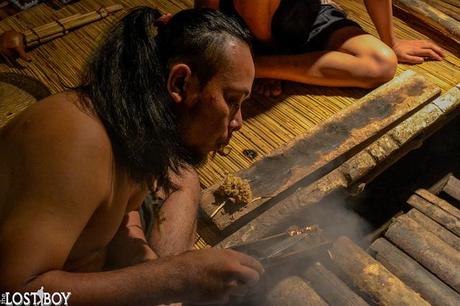
Coming from the Philippines where there are also quite a number of indigenous groups, I understand that diversity among people may be a source of conflict, yet it is also this very diversity when weaved together results into a rich, multifaceted culture.
After spending a day at the beach, we drove all the way to Kionsom, Inamam, which according to our guide, is still within city limits. Travel time took maybe 45 minutes.
Arriving in Mari-Mari Cultural Village in time for the night tour, we were welcomed by our guide who was so giddy to know that we were Filipino. He told us he knows a lot about the Philippines and even recited some Filipino words to us. After his orientation, we put on mosquito repellent (just to be sure) and proceeded with the tour.
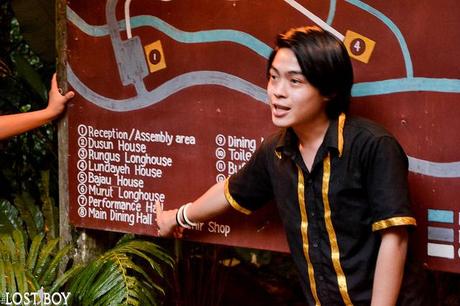
Mari-Mari Cultural Village is an attraction aimed to “share the knowledge, history, culture, and tradition of Borneo, so that it is not forgotten.” It showcases the lives of five ethnic tribes back in the day when electricity was inexistent in their domain.
KADAZAN-DUSUN
The Kadazan-Dusun is the largest ethnic group in Sabah, for it is, after all, a conglomeration of two related tribes—a result of an “identity crisis” as sources would say. Spanish Catholic missionaries from the Philippines evangelized a lot of its members from animism, and this evangelism would explain why there are a number of Catholic churches in Sabah.
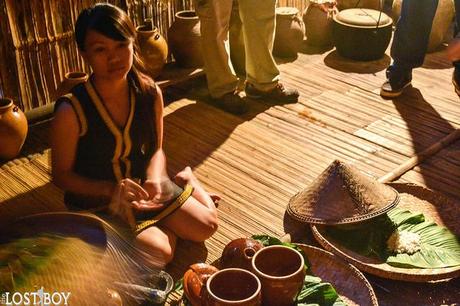
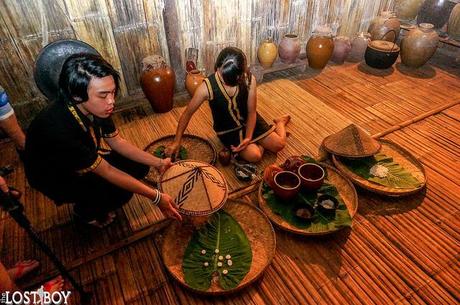
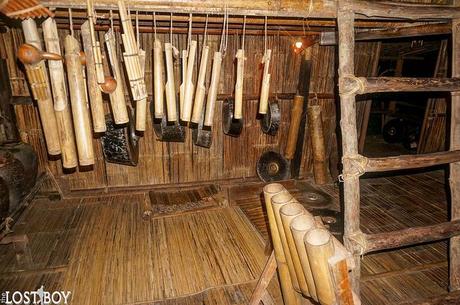
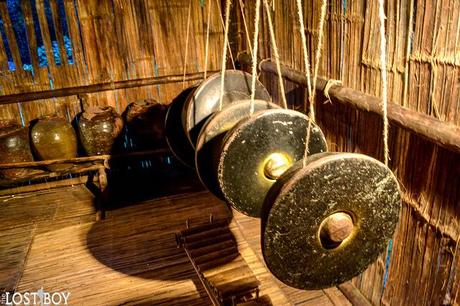
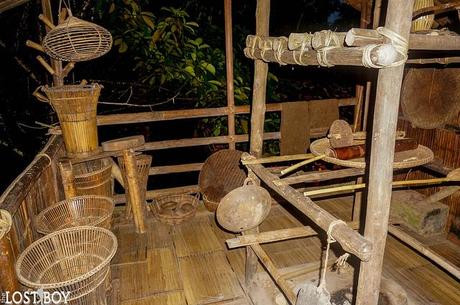
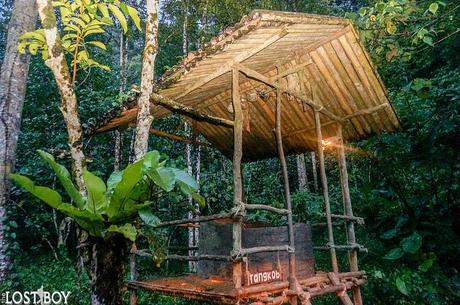
Before we entered their hut in Mari-Mari, our guide volunteered me to try making a rice meal enclosed in a bamboo stalk. I carefully added rice, tomatoes, onions, lemongrass, and chicken, and let one of the Kadazan-Dusun ladies grill the bamboo for me. Another specialty we tried later on was the montoku (rice wine) in bamboo shot glasses.

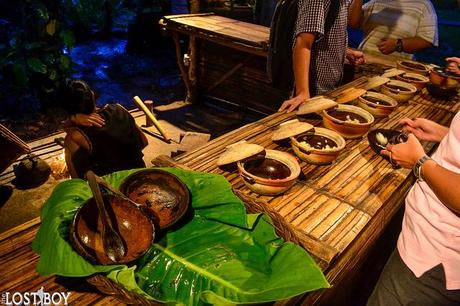
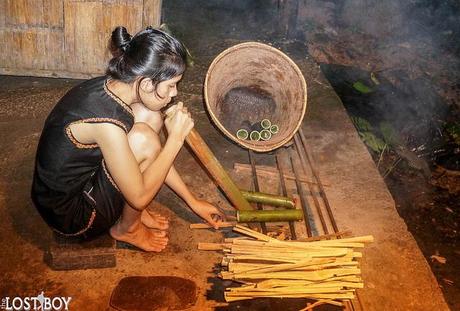

RUNGUS
It is said that the Rungus are a derivative of the Kadazan-Dusun, only that there are distinctions with their language and customs and that they used to live in traditional longhouses together with other families. Their younger generations, however, have also converted to the Christian faith like the Kadazan-Dusun.
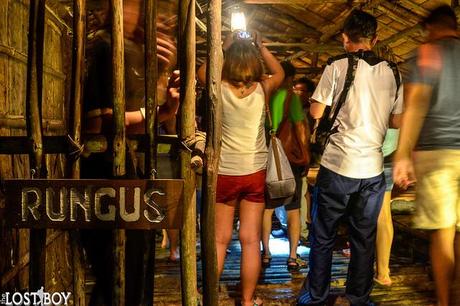
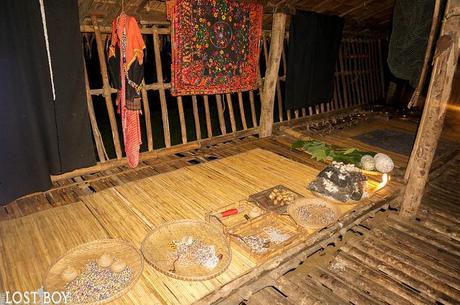

Inside their hut, two members of the Rungus tribe started a fire from bamboo and friction. My mouth was agape in amazement as it happened.
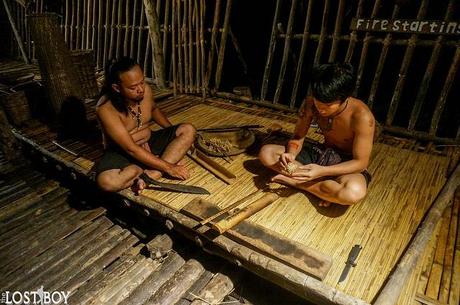
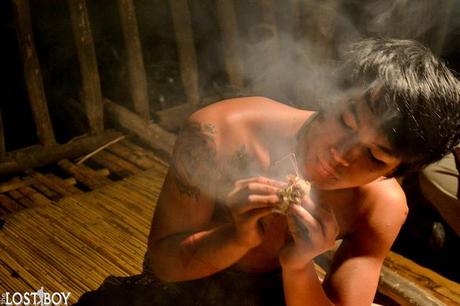
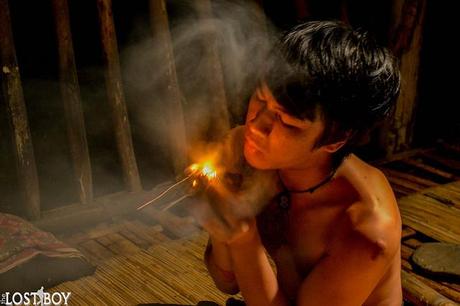
LUNDAYEH
The Lundayeh, also known as Lun Bawang or “upriver people,” are a minor ethnic group known to be heavily reliant on agriculture and fishery. During the early 1900’s, their population saw a steep decline because of a depressing smallpox outbreak. One of the Lundayeh men at Mari-Mari showed us how to traditionally make a vest from tree bark.
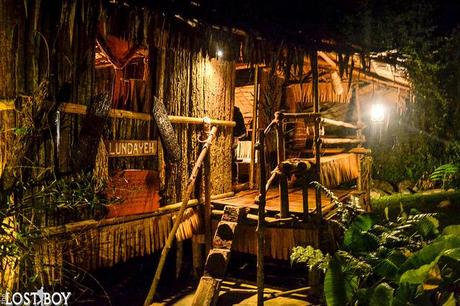
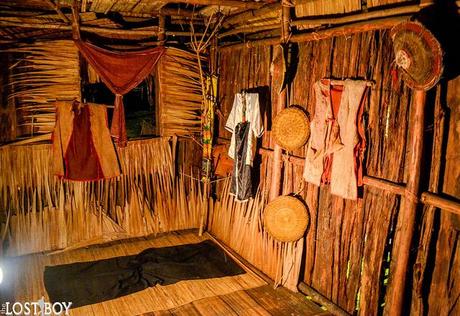

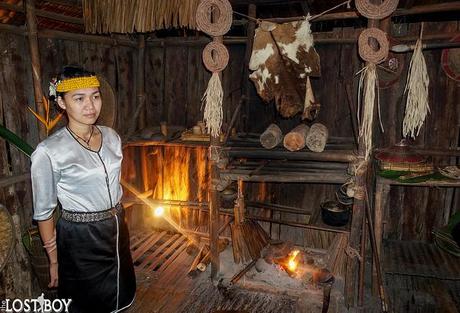
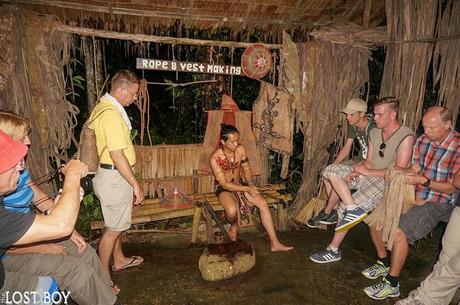
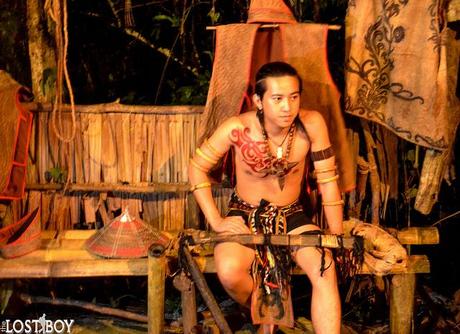
BAJAU
The Bajau people of Sabah are indeed related to our Badjao fellowmen in Mindanao, after having migrated from coast to coast. Reputed to be “sea gypsies,” they carry out their nomadic lives in small outrigger boats (bangka in Filipino) or native houses on stilts.
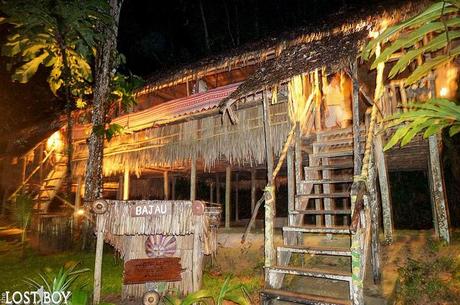
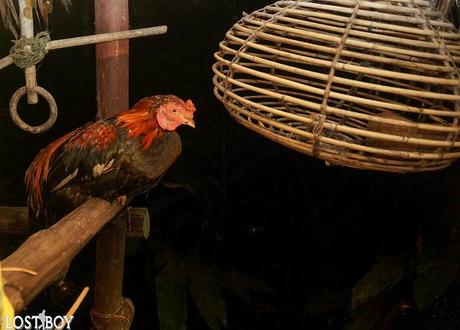

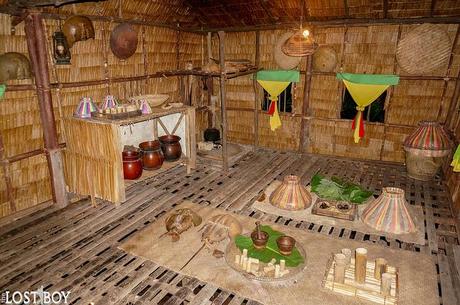
The Bajau lady who was cooking sweet native treats called kuih jala (similar to lokot-lokot of Zamboanga) and jus daun pandan (pandan juice) looked very, very Filipino, so like “word vomit,” I asked her, “Nakaiintindi ka ba ng Tagalog o Cebuano?” (Do you understand Tagalog or Cebuano?) She looked at me strangely; I was so embarrassed.
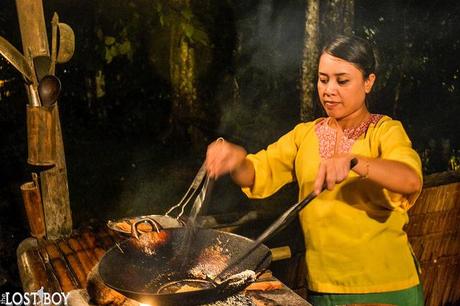
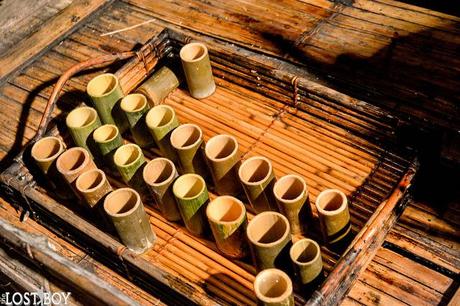
RUNGUS
The Murut tribe encompasses some 29 subgroups. Headhunting used to play an integral part of their spirituality that they were the last tribe to abandon the practice in favor of farming rice and tapioca, blowpipe hunting, and fishing.
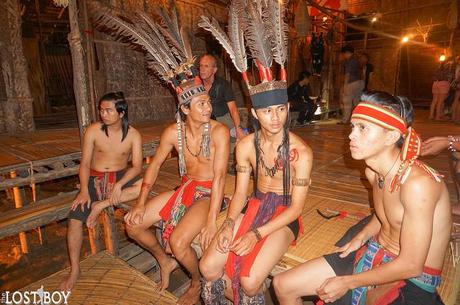
A welcome to their hut entails a surprising welcome that I wouldn’t say here. But anyway, a number of us, myself included, tried to shoot targets using a blowpipe, while inside their hut, the brave ones from our group jumped on their lansaran, a traditional trampoline. We had ourselves inked too by the Murut men using some sort of ink (not henna) they had mixed.
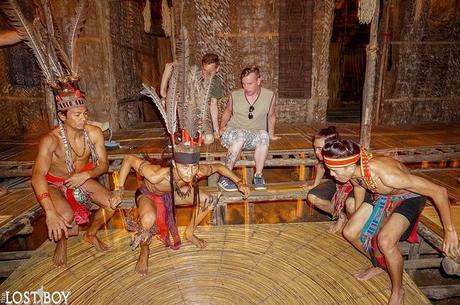
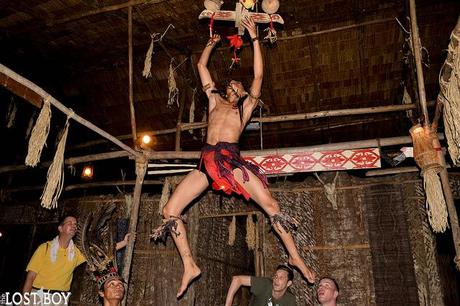
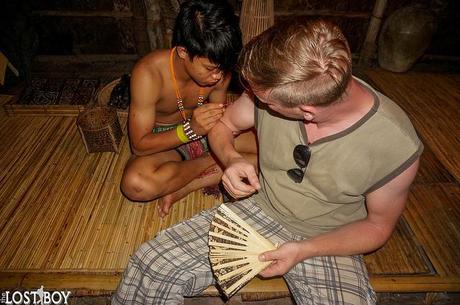
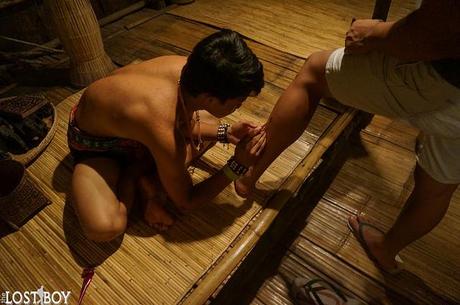
Groups were later gathered into a hall for a cultural show that consisted of traditional dance and song numbers of the five tribes. Afterwards, we were all treated to a native feast, consisting of meats, seafood, yams, and a whole lot of vegetables.
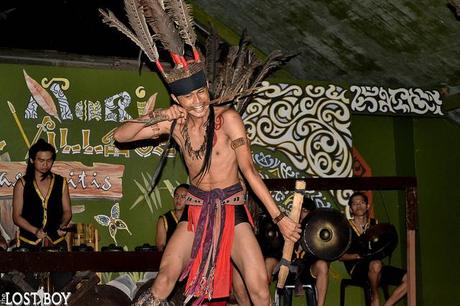
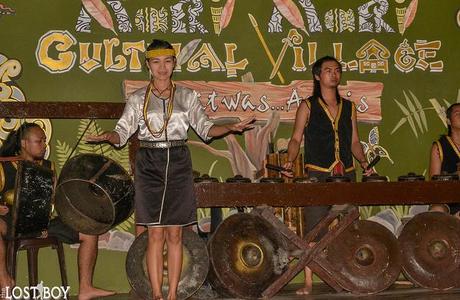
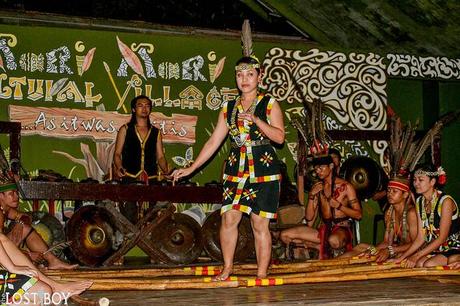
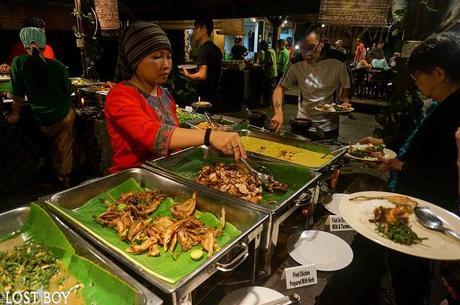
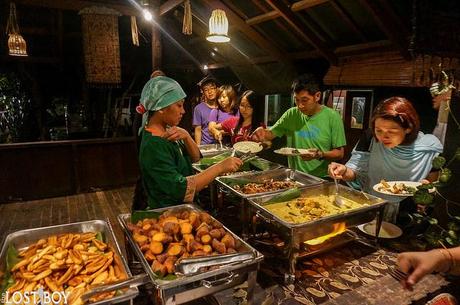
Truth be told, a trip to Mari-Mari Cultural Village isn’t cheap, but it was an enriching experience that is among the top things to do in Kota Kinabalu. I also felt how we Filipinos are culturally similar to Sabahans—that we are not just close geographically after all.
How to get there: There is no public transportation to Mari-Mari Cultural Village, and taxis would be expensive to privately arrange due to the distance. It would be best to arrange a tour and transfers package directly with them or with an agency. For rates and more information, check out their website at www.marimariculturalvillage.com. Tours are done three times daily.

